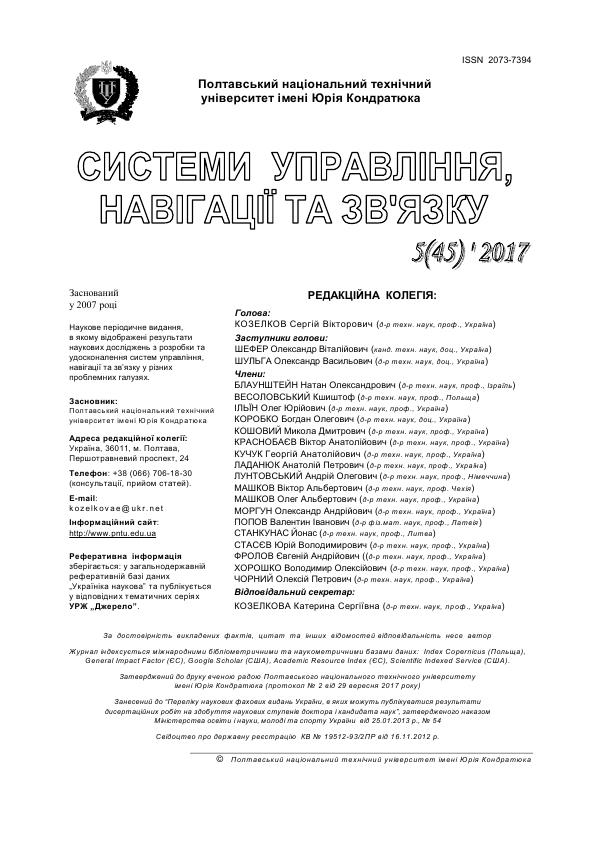МЕТОД ВИБОРУ ОПТИМАЛЬНОГО ПЛАНУ ВИКОНАННЯ ТРАНЗАКЦІЙ E-LEARNING
Ключові слова:
e-learning, електронні освітні ресурси, гіперконвергентна платформаАнотація
Розроблено математичну модель планування виконання транзакцій e-learning на протязі заданого інтервалу часу. На її основі сформульовано задачу вибору оптимального плану зі множини допустимих за критерієм мінімізації обчислювального ресурсу.Завантаження
Посилання
Babson Survey Research Group. Online Learning”, available at: https://www.onlinelearningsurvey.com (accessed 23 April 2017).
Udaya, Sri, Vamsi, K. and Krishna T. V. (2014), “E-Learning: Technological Development in Teaching for school kids”, International Journal of Computer Science and Information Technologies, pp. 6124—6126.
“Babson Study: Over 6.7 Million Students Learning Online”, available at: http://sloanconsortium.org/news_ press/january2013_new-study-over-67-million-students-learning-online (accessed 23 April 2017).
Welsh, E, Wanberg, C, Brown, K and Simmering, M (2003), “E-Learning: emerging issues, empirical results and future directions”, International Journal of Training and De-velopment, 8 (4), pp. 245-258.
Brodo, J. A. (2006) “Today's Ecosystem of E-learning”, Trainer Talk. Vol. 3, No. 4, available at: http://enewsbuilder.net/salesmarketing/ e_article000615779.cfm (accessed 23 April 2017).
White Paper: Riverbed Hyper-converged Edge, available at: https://www.riverbed.com/document-repository/ white-paper--riverbed-hyper-converged-edge.html (accessed 23 April 2017).
Черняк, Л. (2012), “Время конвергентных ин-фраструктур”, Открытые системы. СУБД, № 4, available at: https://www.osp.ru/os/2012/04/13015754/ (accessed 23 April 2017).
Ганьжа, Д. (2016), “Гиперконвергенция: ИТ-инфраструктура на раз, два, три”, /Журнал сетевых ре-шений,. № 5, available at: www.osp.ru/lan/2016/05/13049349 (accessed 23 April 2017).




